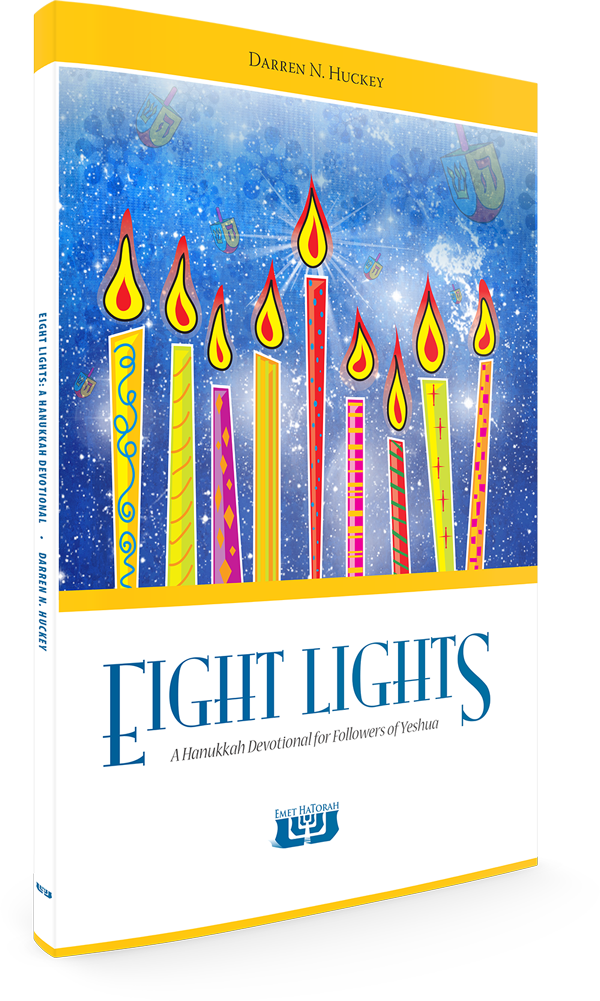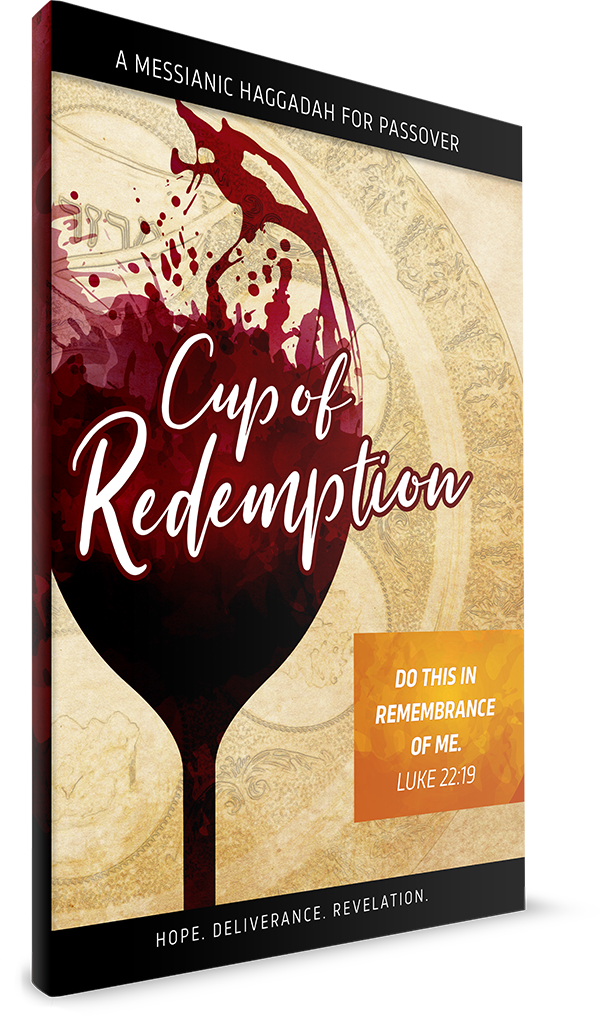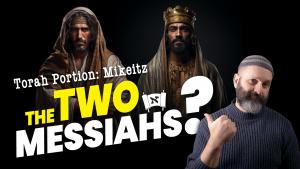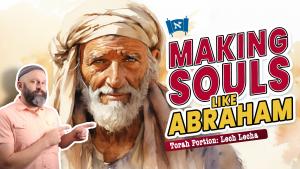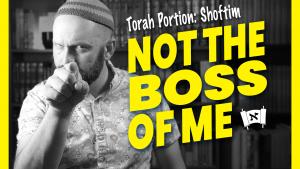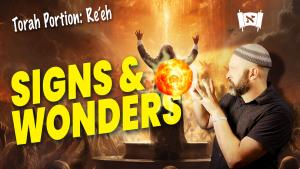Torn Garments, Wine Skins and Blotted Paper (Pt. 2)
Series:

In our previous edition of Dust of the Master, we made the observation that many times a Jewish text can help us better understand a teaching of Yeshua. We started by exploring the text of Mark 2:21-22. In this issue we will look at a traditional interpretation of this passage and then look at a few Jewish texts which will help us better understand Yeshua’s words in this instance.
Let’s first take a look at the traditional understanding of this passage. Here is a traditional interpretation pulled at random from an internet search:
Like old wineskins, the Pharisees had become too rigid in their lifestyle and in their traditions; they could not accept Jesus because he would not be bound by the rules they themselves had set. It was time for change where new approaches, new traditions and new structures were required…
Luke 5:39 And no one after drinking old wine wants the new, for he says, `The old is better.’ "
Jesus tells us in Luke 5:37-38 that the old and the new don’t mix-and shouldn’t but what He was giving us was something totally new; something fresh and exciting. Roman. 7:6 But now, by dying to what once bound us, we have been released from the law so that we serve in the new way of the Spirit, and not in the old way of the written code.1
At first, this seems like a fairly reasonable explanation. However, if we know anything about the background of this text, this traditional interpretation fails on many levels. The first problem is that Christian tradition typically knows nothing of Pharisaic practice outside of select, antagonistic statements found within the Gospels. Therefore, we presume these statements are representative of Pharisaism as a whole. However, if we examine the Gospels and the book of Acts objectively, and then add to this extra-biblical descriptions of the Pharisees, they begin to look a lot different than the traditional stereotype we have imposed upon them.
First, Yeshua never addressed their “rigidness.” He had no problem with “rigidness.” His only objection to their practice was in regard to hypocrisy. Second, Yeshua did allow himself to be bound by the “rules” set in place by the Jewish authorities. He agreed with the God-given authority of the sincere majority of the Pharisees (Matthew 23:2–3), but opposed that of disingenuous party of the Sadducees (Matthew 22:29). Everything he did was in accordance with Jewish law, both biblical and rabbinic. There are several examples within the Gospels which could be cited, but we do not have the time to address them in this article.
Next, Yeshua did not come to establish “new approaches, new traditions and new structures.” The purpose of the Messiah was not to overthrow the biblical authority given by God at Sinai. He came only to correct the existing “approaches, traditions and structures,” not create new ones.
Further, these parables do not address the mixing of old and new wine, as this interpretation claims. If anything, Yeshua would affirm the mixing of old and new wine. After all, he said, “Therefore every scribe who has been trained for the kingdom of heaven is like a master of a house, who brings out of his treasure what is new and what is old” (Matthew 13:52). This is his desire… that the old and new unite, because according to the text in Luke, Yeshua knows “the old is better” (Luke 5:39).
Yeshua is not pitting Judaism against Christianity. This argument, which is often imposed upon the text, is an anachronistic interpretation which has no connection with the context. Unfortunately, this is the typical understanding within the church and often causes us to end up being more judgmental than the Pharisees themselves. Yeshua’s contrast of old and new wine is a polemical dispute among peers, rather than an argument of one religion over another.
Paper, Wine & Flasks
This is where we need to first turn to context, which is not obvious at first. But if we return to the sequence of events in each of the Gospel accounts, we find that these parables are told in connection to Yeshua’s calling of Matthew Levi and his association with “tax collectors and sinners.” Yeshua tells these parables as a means of explaining his association with them, particularly in regard to his mission of calling the “sick” rather than calling the “well.” Let’s take a look at Pirkei Avot, a favorite go-to text for comparative studies.
Elisha ben Avuyah used to say: He who learns as a child, what is he like? He is like ink written on new paper. He who learns as an old man, what is he like? He is like ink written on blotting paper.
Rabbi Yosi bar Judah of Kefar ha-Bavli said: He who learns from the young, what is he like? He is like one who eats unripe grapes and drinks wine fresh from his wine press. But he who learns from the aged, what is he like? He is like one who eats ripe grapes and drinks old wine.
Rabbi Meir used to say: Do not look at the flask but at what is in it; there may be a new flask that is full of old wine and an old flask that does not even have new wine in it. (Avot 4:25–27)
In this passage we find a thread which connects us back to our text. We hear of new paper, blotting paper, new wine, old wine and wine flasks being used symbolically to represent types of students and the teaching they receive. We find that the context is in relationship to disciples and the passing on of teachings from generation to generation. In Avot we find a preference for teaching unlearned children over older men who have already been engrained and indoctrinated. Then we have the understanding that older, wiser teachers are preferable to younger, less-experienced ones. Last, we are given counsel to not look upon the outward appearance, but to seek out what is within the container. In other words, wisdom is wisdom, no matter the age of the person.
When we study passages such as these which come from roughly the same time period and the same framework of Jewish religious teachings as Yeshua, we often find they have a common context to one or more passages within the Apostolic Scriptures. Suddenly, we have a window into the world of Yeshua and the Apostles. Just as the passages within Avot describe the preferred selection of students, Yeshua tells these parables in relationship to his choice of disciples, specifically Matthew Levi. He didn’t choose the leaders and scholars of his day to be his apostles. He called unlearned, “empty” men who would have to be “filled” by Yeshua and his wisdom, rather than having to “unlearn” what another rabbi has taught them. He knew they would never be able to understand the lessons he was to teach them if they had been previously indoctrinated.
It is this very passage which addresses our current paradigm within our churches. We have been so indoctrinated by our interpretive traditions that we find great difficulty accepting truth when it is revealed to us. I find that unlearned Christians or even unbelievers are much more willing to engage in serious biblical discovery than Christians who are engrained with denominational dogma. Though it is possible, it is nevertheless difficult. Just like Matthew Levi, we need to surrender ourselves to our Master and allow ourselves to “relearn.” Until we are willing to become new wineskins, we will continue to mold Yeshua into our own image than being molded into his. And… just like Yeshua’s choice of Matthew Levi, who was willing to relearn, we need to also invest into those who are teachable.

